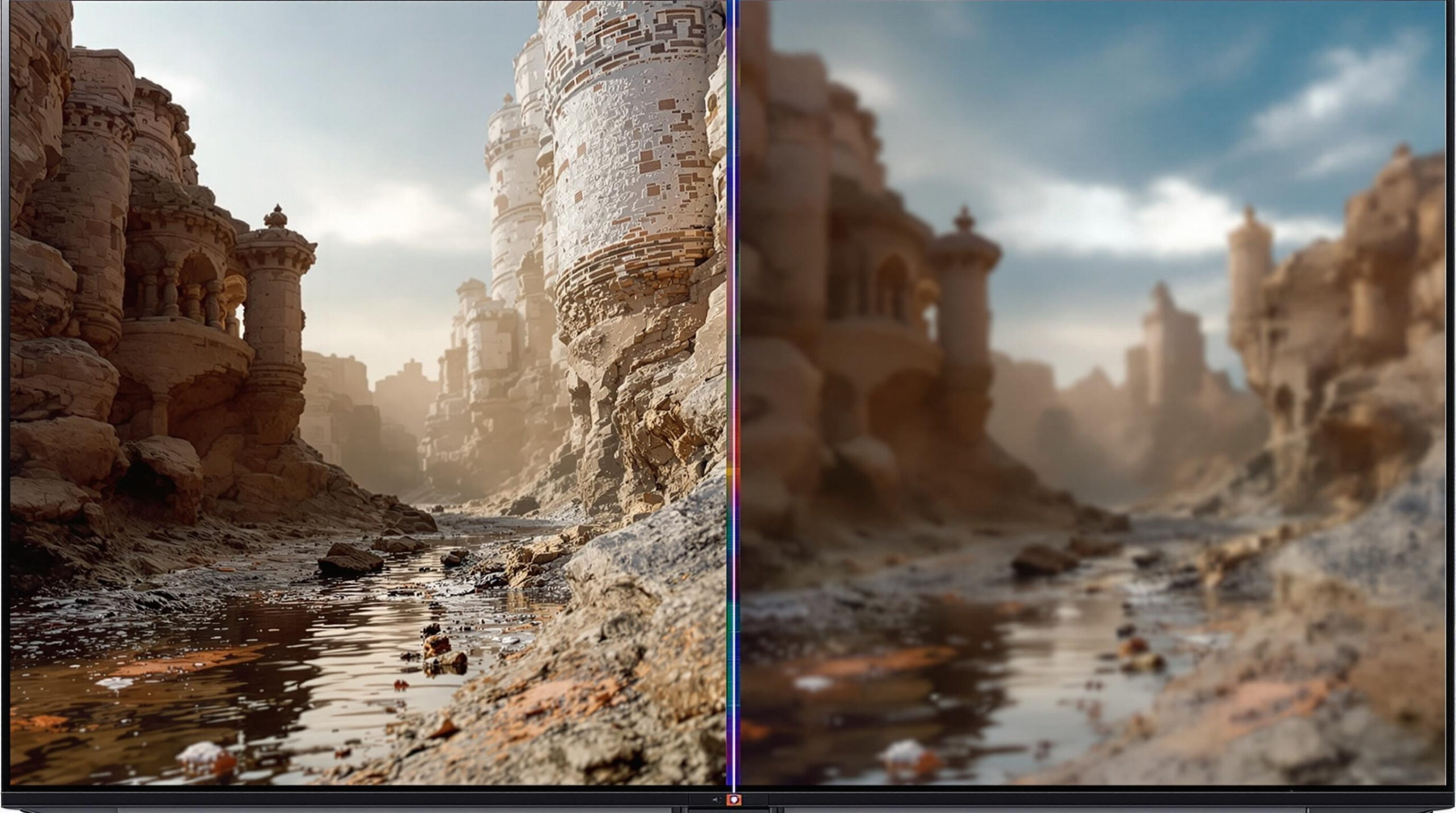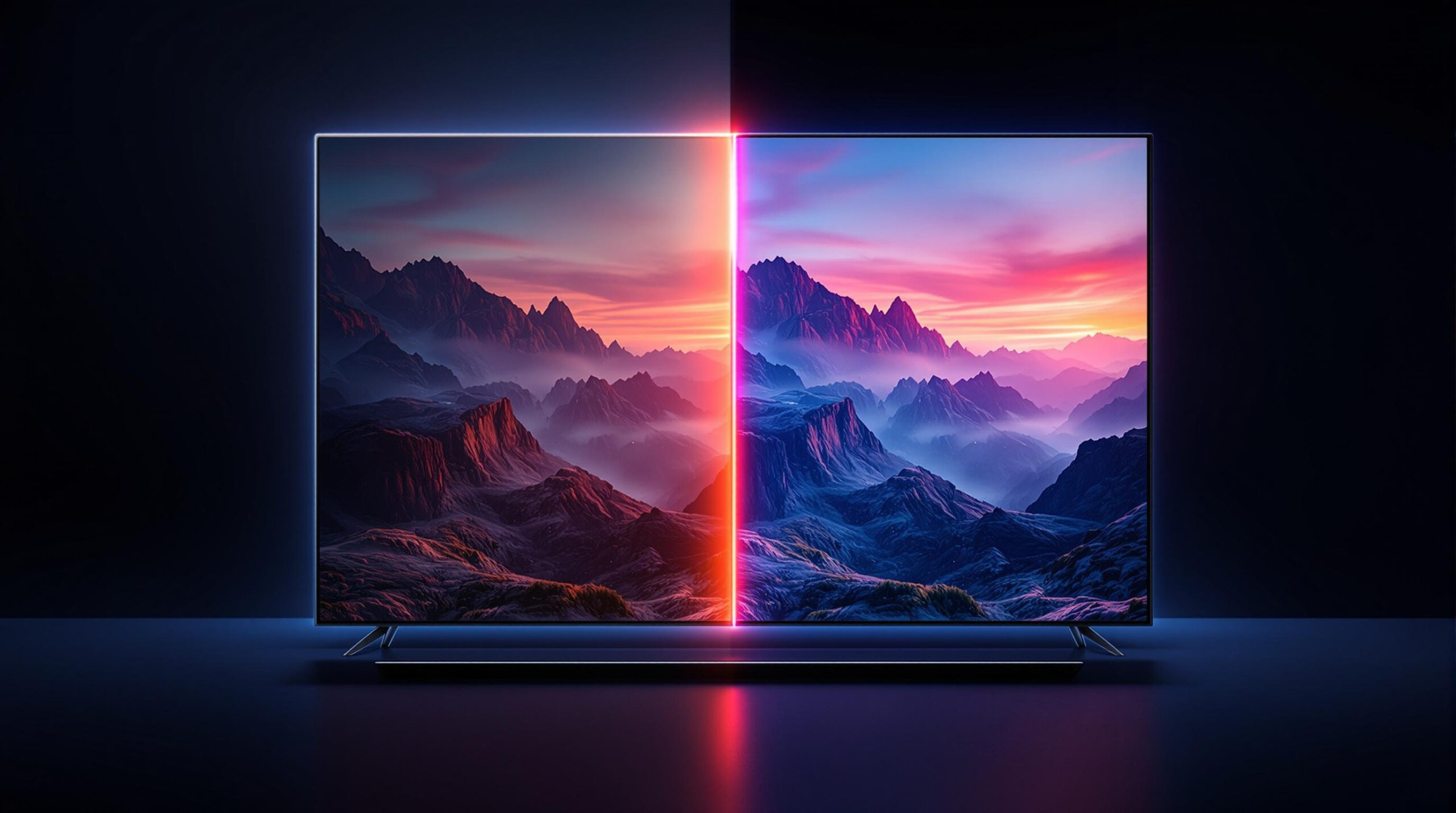The term “4K” has become a staple in the world of modern display technology, prominently featured in televisions, monitors, cameras, and even smartphone screens. But what does 4K truly mean? More than just a buzzword, 4K represents a pivotal advancement in image resolution, visual fidelity, and digital imaging standards. To grasp the significance of 4K Ultra High Definition (UHD), one must explore not only the pixel count but also the science behind how images are captured, transmitted, and displayed. This article breaks down the physics, chemistry, and engineering behind 4K resolution in a way that’s both accurate and easy to understand.
The Basics of Resolution: What Does 4K Mean?
In its simplest definition, 4K refers to a display resolution of approximately 4,000 pixels across the horizontal axis. The most common 4K format for televisions is 3840 x 2160 pixels, which amounts to over 8.2 million pixels in total—four times the resolution of Full HD (1920 x 1080). This higher pixel density allows for much finer image detail, sharper text, and a more immersive viewing experience.
The term “Ultra High Definition” is used to distinguish 4K from earlier HD standards, signaling a generational leap in image clarity. However, 4K is more than just a number; it is a complex interaction between display hardware, content production, signal transmission, and human visual perception.
How Pixels Create Images: A Physics Perspective
Every digital image is made up of pixels, or picture elements, which are tiny squares that emit light in varying colors and intensities. The more pixels packed into a given area, the sharper the image appears. The physics of this process involves electromagnetic radiation—specifically, visible light.
Each pixel on a screen is a tiny light source that emits red, green, and blue (RGB) light. These primary colors mix at various intensities to produce a full spectrum of colors. When you view a 4K image, your eyes are interpreting millions of these RGB combinations every second.
At a molecular level, the light emitted by each pixel is the result of electronic transitions within atoms and molecules in the light-emitting materials—whether they’re organic compounds in OLEDs, liquid crystals in LCDs, or phosphors in quantum dot layers. The fine control of these transitions is what allows for precise color rendering and brightness control in modern 4K displays.
The Chemistry Behind the Screens
The materials used in 4K displays vary depending on the technology—LCD, OLED, or QLED—but all rely on advanced chemical engineering. In OLED (Organic Light-Emitting Diode) displays, organic molecules are used as electroluminescent materials. When a voltage is applied, these materials emit light due to electron-hole recombination.
Each subpixel (red, green, and blue) uses a different organic compound, carefully synthesized to emit specific wavelengths of light. These compounds must be both chemically stable and highly efficient. The development of new organic emitters with high quantum efficiency has been key to improving brightness and extending the lifespan of OLED displays.
In LCD-based 4K TVs, liquid crystal molecules twist and align in response to electric fields, modulating the light from a backlight. These molecules are made from engineered compounds with precise optical properties, designed to rotate polarized light and control how much passes through each pixel.
Quantum dots, often used in QLED 4K TVs, are semiconductor nanocrystals that emit specific colors when excited by light. Their color output can be finely tuned by adjusting their size, thanks to quantum confinement effects—a direct application of quantum mechanics.
Engineering the Pixels: Display Panel Technology
Engineering a 4K display panel involves more than packing more pixels onto a screen. The pixels must be controlled individually with extreme precision. This is achieved using thin-film transistors (TFTs), which act like switches for each subpixel.
In OLED panels, each pixel is self-emissive, meaning it produces its own light without needing a backlight. This allows for perfect blacks and infinite contrast, since individual pixels can turn off completely. However, engineering challenges include uniform aging of the organic materials and ensuring consistent brightness across the screen.
LCD-based 4K TVs use a backlight, usually composed of LEDs, behind a liquid crystal layer. The alignment of the crystals modulates light passage, and color filters define the final output color. Local dimming zones and Mini-LED technology are engineering solutions designed to enhance contrast by selectively dimming portions of the backlight.
QLED panels use a quantum dot enhancement film (QDEF) between the backlight and the LCD layer. This film converts blue LED light into precise red and green wavelengths, resulting in purer, more vibrant colors. This requires nanoscale engineering to maintain uniformity and efficiency across the entire panel.
Signal Processing: From Data to Display
Displaying a 4K image requires more than just a high-resolution panel. The data must be compressed, transmitted, and decoded in real time. A typical 4K video signal carries four times the data of a 1080p signal, requiring advanced codecs such as HEVC (H.265) or AV1 to reduce bandwidth without sacrificing image quality.
Inside the TV, powerful image processors perform upscaling (increasing lower-resolution content to fit 4K screens), noise reduction, dynamic contrast enhancement, and motion smoothing. These chips use complex algorithms and AI-based techniques to analyze each frame and optimize it for clarity, color, and fluidity.
Display interfaces like HDMI 2.1 are essential to handle the high data rates required for 4K at high frame rates (e.g., 120Hz). These interfaces must support features such as Variable Refresh Rate (VRR), Auto Low Latency Mode (ALLM), and Enhanced Audio Return Channel (eARC) to deliver a complete 4K experience.
Human Vision and Perceptual Limits
A 4K TV’s effectiveness is also a function of viewing distance and screen size. The average human eye can resolve details down to about one arcminute (1/60 of a degree), which means that for a 4K resolution to be fully appreciated, the screen must be large enough or viewed closely enough.
At typical living room distances (about 8–10 feet), a 55-inch 4K TV reveals most of its resolution advantage, but a larger screen (75 inches or more) provides a more dramatic leap in perceived sharpness. Beyond a certain point, increasing resolution alone doesn’t add noticeable detail unless other aspects—like color accuracy, motion handling, and contrast—are also improved.
HDR and Bit Depth: Enhancing the 4K Experience
While 4K resolution focuses on pixel quantity, High Dynamic Range (HDR) enhances pixel quality. HDR increases the range between the darkest and brightest parts of an image, delivering more realistic visuals. This is enabled by higher peak brightness, deeper blacks, and a wider color gamut.
Color depth (bit depth) is another key factor. Standard displays use 8-bit color (256 levels per channel), but HDR content typically uses 10-bit (1,024 levels per channel), allowing for over a billion possible colors. Supporting this requires precise control over voltage levels in LCDs or current in OLEDs—another testament to the engineering complexity behind modern 4K TVs.
Content Creation and Distribution
The rise of 4K TVs has spurred advancements in content production. Modern cinema cameras capture footage in native 4K or higher resolutions, using sensors designed to capture more detail and dynamic range. Post-production workflows now include 4K color grading, visual effects, and mastering, all of which require powerful hardware and calibrated reference monitors.
Streaming services such as Netflix, Disney+, and Amazon Prime Video offer 4K content, often with HDR and spatial audio enhancements. However, delivering this content reliably requires robust internet infrastructure, with recommended minimum speeds of 25 Mbps for 4K HDR streaming.
Blu-ray discs using the Ultra HD Blu-ray standard offer higher bitrates and less compression than streaming, appealing to videophiles. These discs also support HDR formats like Dolby Vision and HDR10+ for enhanced visual impact.
Future Trends: Beyond 4K
While 4K is now mainstream, the display industry is already eyeing 8K resolution, which quadruples the pixel count again to 7680 x 4320. While the perceptual gains are limited for most consumers, especially on smaller screens, 8K has utility in specialized fields like medical imaging, digital signage, and cinematic production.
Another trend is MicroLED technology, which combines the self-emissive nature of OLED with the brightness and durability of inorganic LEDs. Though still expensive, MicroLED holds promise for the future of ultra-large, modular 4K and 8K displays.
AI-powered upscaling, object-based HDR rendering, and real-time color grading are also emerging, promising even smarter and more adaptive visual experiences.
Conclusion: The Science and Art of 4K
Understanding 4K isn’t just about counting pixels—it’s about appreciating the symphony of physics, chemistry, and engineering that brings those pixels to life. From the molecular design of light-emitting compounds to the nanoscopic precision of quantum dots and the high-speed data transmission behind every image frame, 4K represents a peak of modern science applied to everyday life.
For viewers, this translates into breathtaking visuals, cinematic realism, and immersive storytelling. Whether you’re watching a blockbuster in Dolby Vision or gaming at 120 frames per second, 4K Ultra HD is not just a resolution—it’s a revolution.
4K TV Reviews
Explore Philo Street’s Top 10 Best 4K TV Reviews! Dive into our comprehensive analysis of the leading OLED TV products, complete with a detailed side-by-side comparison chart to help you choose the perfect protection for your devices.




